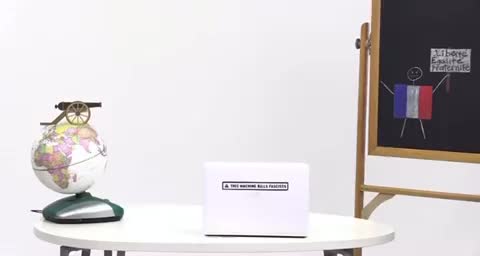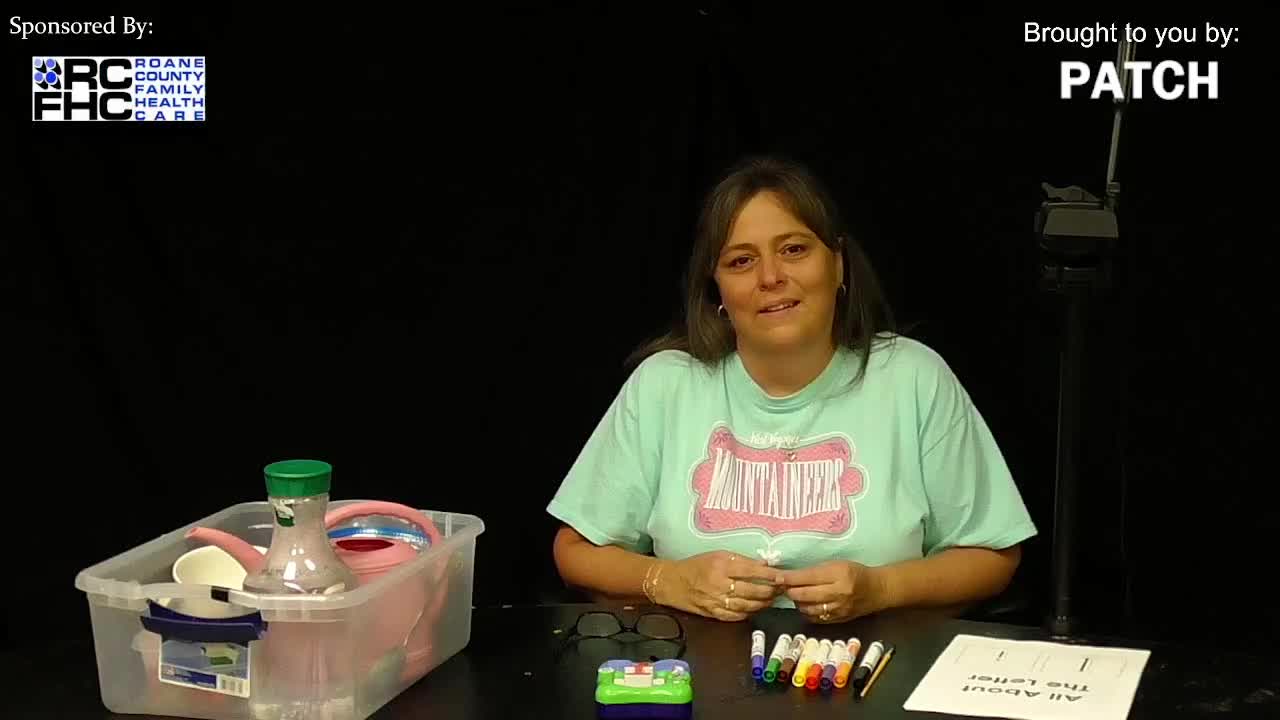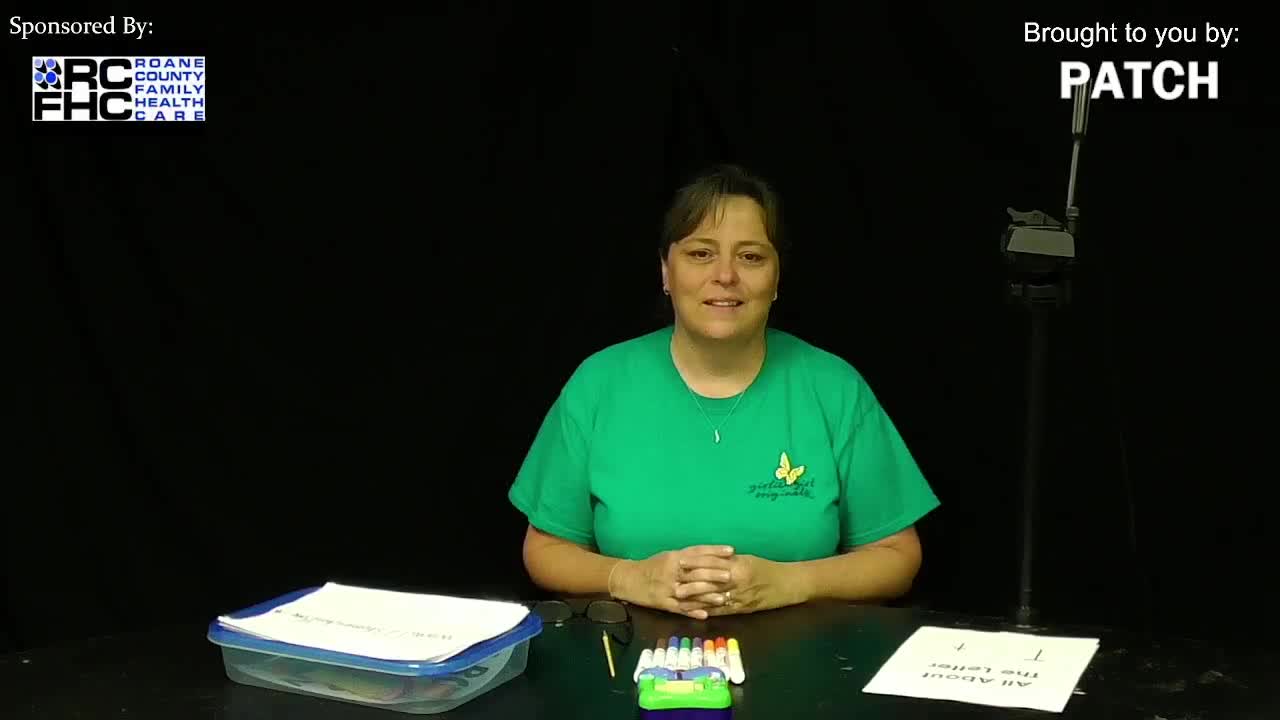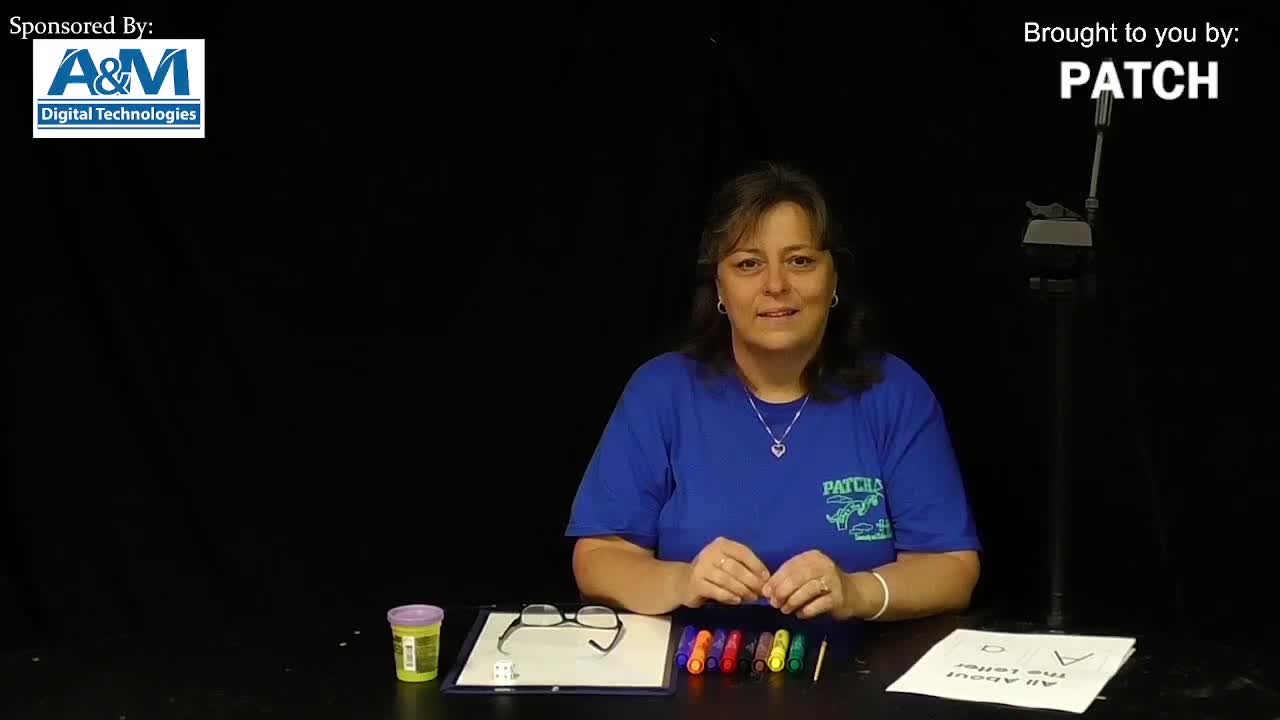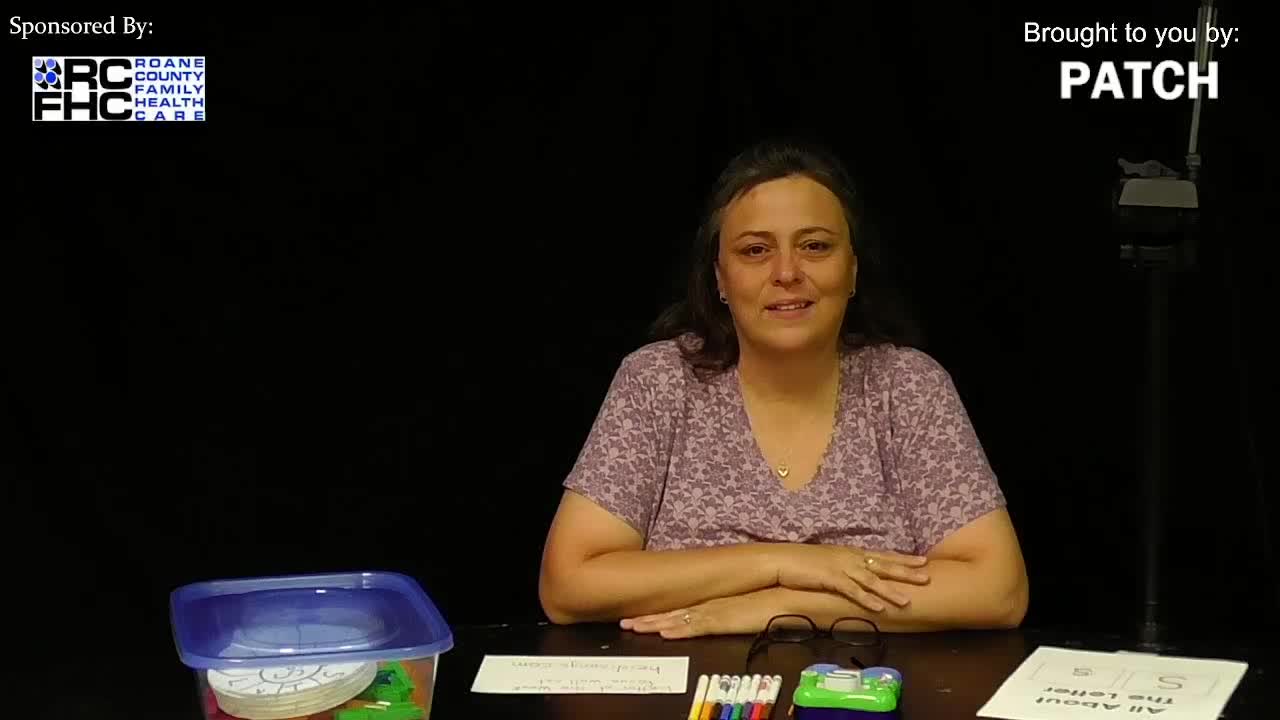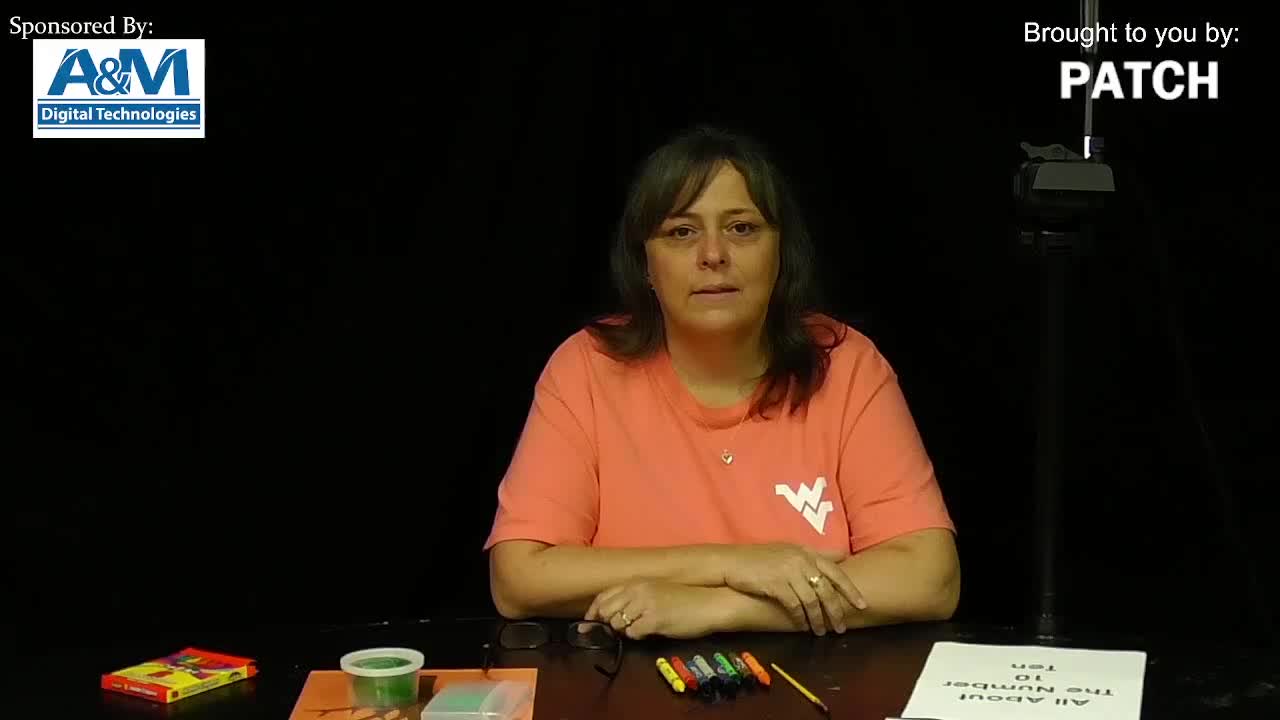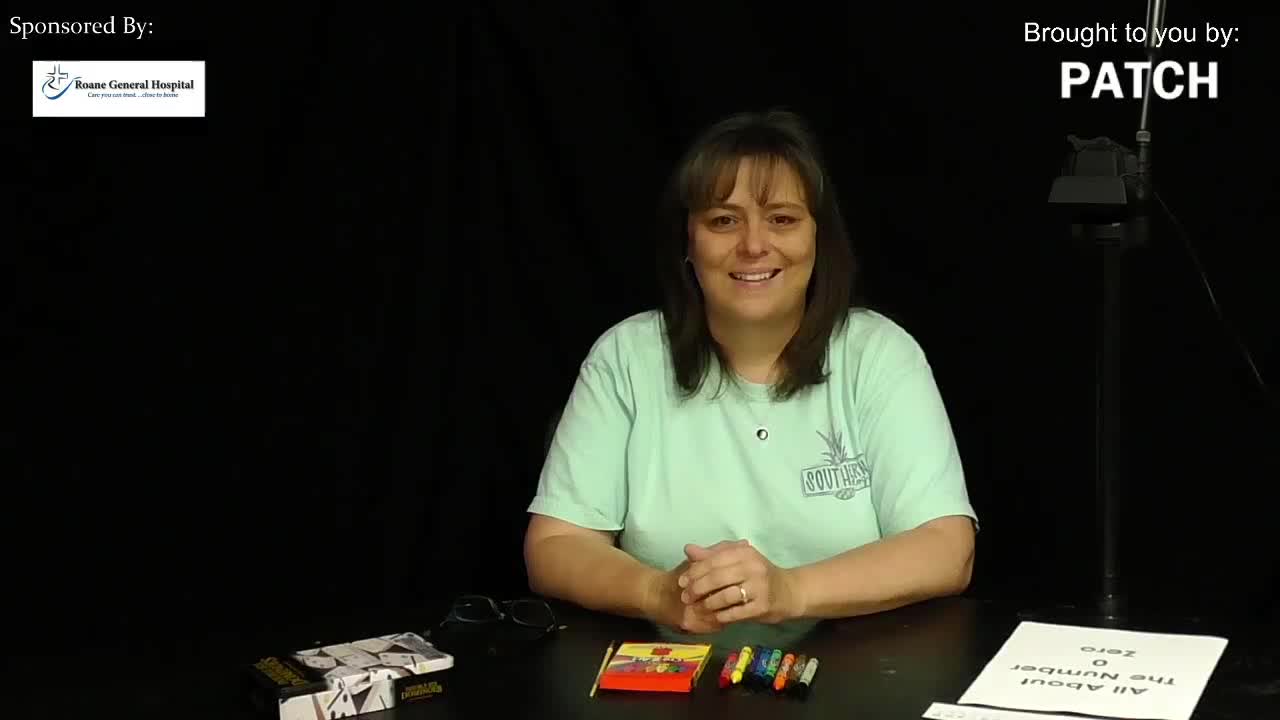An example of factoring the sum of cubes
In this video I?ll show you how to factor the binomial two hundred fifty x to the fourth plus sixteen x.
So whenever you?re factoring you?ll have to keep your factoring flowchart in mind and remember that the very first decision you have to make is whether or not your terms have a greatest common factor. And if they do have a greatest common factor, you have to factor that out. So I?ve gotta factor out the GCF. In my case I see that there is a two and an x contained in both of these terms and if I factor it out I?m going to get one hundred and twenty-five x to the third plus eight. So I have to make sure that this would distribute back out to the original and that the remaining terms in these parentheses have no common factors. Now once I?m sure that?s true, I have other decisions to make. I ask myself if this polynomial has four terms - the answer is no. I look to see if it has three terms, then I look to see if it has two terms. And this one happens to have two terms. That makes it a binomial and that means I?ll have to use a binomial pattern.
So I have four binomial patterns to choose from. Those are A square minus B square - the difference of squares, A square plus B square - the sum of squares, A cubed minus B cubes - the difference of cubes, or A cubed plus B cubed - the sum of cubes. Well, since this is a sum I know that it?s not the difference of squares and I know it?s not the difference of cubes. It?s either the sum of squares or the sum of cubes.
So by looking at my number and exponents I can tell that this one is in fact the sum of cubes. Now I need to know this pattern in order to factor this. So the pattern is that if you can break your terms into factors that are identical and there are three of them, that is is gonna be the sum of cubes and the pattern goes this way, you take one of each of those factors with the same sign as you see in the problem and put that in a binomial with a plus. Then you take what?s left over which is A times A which is A squared. And then for the back, what is left over, B square and then you need to take one of each of these, multiply them and make sure that your sign, second sign is opposite and the last sign is always positive. So this is the pattern I will apply to this.
Now one thing I always remind myself is that this GCF has to be in my answer so I?m gonna pull that down so I don?t forget it and now I can just disregard it for just a few minutes while I actually do this binomial.
So to do this, I wanna break this apart into its three factors. So one hundred twenty-five is five times five times five and X cubed is X times X times X. And eight is two times two times two. So there?s my A and there?s my B. So. I?m gonna take one of each of these with the same sign, which is a plus, and then for the front I take what?s left over, five X times five Xm twenty-five X squared. For the back I take what?s left over here which is a four. I need the opposite sign from the problem, so it?ll be a minus, and then one of each of these multiplied, A times B is five X time two which is ten X. And the last sign is always positive.
So in my final answer I need to write this pattern here alongside the greatest common factor and that is how this will factor. Now whenever you?re doing a cube you don?t need to worry about this trinomial. It?s gonna be prime and you won?t have to factor that any further. So when you are applying a cubed pattern, make sure you take out the greatest common factor, apply the pattern and you?ll know you?re done.
So the factorization of two hundred fifty x to the fourth plus sixteen x is two X times the binomial five X plus 2, times the trinomial 25 X squared minus ten X plus four.
So whenever you?re factoring you?ll have to keep your factoring flowchart in mind and remember that the very first decision you have to make is whether or not your terms have a greatest common factor. And if they do have a greatest common factor, you have to factor that out. So I?ve gotta factor out the GCF. In my case I see that there is a two and an x contained in both of these terms and if I factor it out I?m going to get one hundred and twenty-five x to the third plus eight. So I have to make sure that this would distribute back out to the original and that the remaining terms in these parentheses have no common factors. Now once I?m sure that?s true, I have other decisions to make. I ask myself if this polynomial has four terms - the answer is no. I look to see if it has three terms, then I look to see if it has two terms. And this one happens to have two terms. That makes it a binomial and that means I?ll have to use a binomial pattern.
So I have four binomial patterns to choose from. Those are A square minus B square - the difference of squares, A square plus B square - the sum of squares, A cubed minus B cubes - the difference of cubes, or A cubed plus B cubed - the sum of cubes. Well, since this is a sum I know that it?s not the difference of squares and I know it?s not the difference of cubes. It?s either the sum of squares or the sum of cubes.
So by looking at my number and exponents I can tell that this one is in fact the sum of cubes. Now I need to know this pattern in order to factor this. So the pattern is that if you can break your terms into factors that are identical and there are three of them, that is is gonna be the sum of cubes and the pattern goes this way, you take one of each of those factors with the same sign as you see in the problem and put that in a binomial with a plus. Then you take what?s left over which is A times A which is A squared. And then for the back, what is left over, B square and then you need to take one of each of these, multiply them and make sure that your sign, second sign is opposite and the last sign is always positive. So this is the pattern I will apply to this.
Now one thing I always remind myself is that this GCF has to be in my answer so I?m gonna pull that down so I don?t forget it and now I can just disregard it for just a few minutes while I actually do this binomial.
So to do this, I wanna break this apart into its three factors. So one hundred twenty-five is five times five times five and X cubed is X times X times X. And eight is two times two times two. So there?s my A and there?s my B. So. I?m gonna take one of each of these with the same sign, which is a plus, and then for the front I take what?s left over, five X times five Xm twenty-five X squared. For the back I take what?s left over here which is a four. I need the opposite sign from the problem, so it?ll be a minus, and then one of each of these multiplied, A times B is five X time two which is ten X. And the last sign is always positive.
So in my final answer I need to write this pattern here alongside the greatest common factor and that is how this will factor. Now whenever you?re doing a cube you don?t need to worry about this trinomial. It?s gonna be prime and you won?t have to factor that any further. So when you are applying a cubed pattern, make sure you take out the greatest common factor, apply the pattern and you?ll know you?re done.
So the factorization of two hundred fifty x to the fourth plus sixteen x is two X times the binomial five X plus 2, times the trinomial 25 X squared minus ten X plus four.

